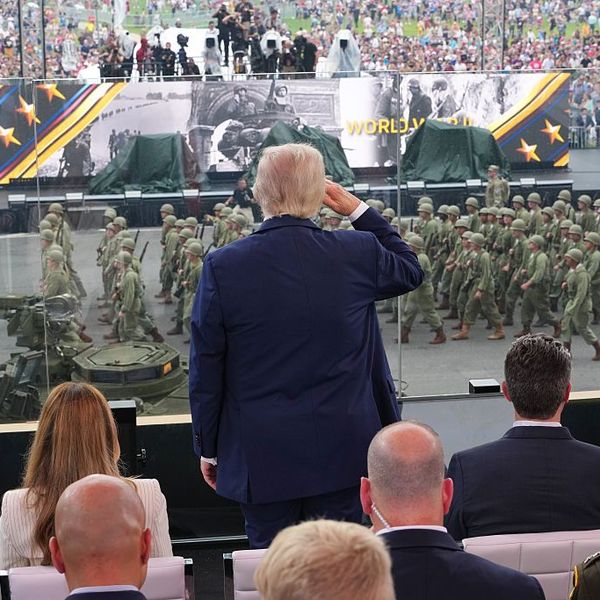When US military strikes kill civilians, it seems there's always someone ready to claim that US weaponry doesn't kill anyone who doesn't deserve it.
Over the weekend, there were reports that noncombatants were among the dead after the US carried out drone strikes in Yemen on what were said to be suspected Al-Qaeda affiliates. And, sure enough, one of the first CNN segments managed to find someone to deny that this could happen.
On CNN Newsroom (4/19/14), host Fredricka Whitfield interviewed Christopher Hill, former US ambassador to Iraq:
WHITFIELD: So in your view, how significant is this strike, hitting three well-known operatives?
HILL: Well, first of all, I think our services do quite a job tracking these people. And, you know, coming a few days after that brazen effort by the Al-Qaeda leadership to show that they're around, we, I think, demonstrated that we can hunt them down.
I have seen a number of these strikes, and it is amazing how accurate and how well-targeted they are. I mean, the idea that innocents are being killed, it's really not the case.
But even by initial government accounts coming out of Yemen, that first strike did in fact kill three civilians, as CNN (4/19/14) and plenty of other outlets were reporting.
But even when that issue of civilian deaths came up, there was a curious spin on the news. Here's how Pentagon correspondent Barbara Starr (4/19/14) explained it:
It looks like three civilians were killed, and that is always a big problem for the United States, because the government of Yemen is very sensitive to these drone strikes.
Perhaps one could see the US government killing innocent people as a "big problem" even if those people's government was not "very sensitive" to the issue of a foreign military killing its citizens by remote control?
On the other hand, CNN terrorism analyst Peter Bergen (4/20/14) did point out on the following day that there are reasons to be skeptical of any of the official claims:
You know, one of the themes of the program is if you're a military-age male in an area where a drone strike is happening, the US will often regard you as a combatant when often that is not the case. Not every military-age male is, in fact, part of Al-Qaeda in Yemen.
Nonetheless, the reporting on shadowy military strikes that are part of a program that US government does not officially speak about is bound to rely on mostly unnamed government officials, either here in the US or in Yemen.
Just look at today's New York Times story (4/22/14), with the headline "US Drones and Yemeni Forces Kill Qaeda-Linked Fighters, Officials Say." The paper explains that those targeted were "militants who were planning to attack civilian and military facilities, government officials said in a statement." The Times report, entirely reliant on official sources, seemed to acknowledge its own limitations:
Given that the administration would not even confirm that American drones carried out the strikes over the weekend, it was unclear how the people targeted in the strike posed a threat to Americans.
While it's possible that the strikes are indeed targeting and killing terrorists on the verge of launching attacks, history suggests that initial claims can be flat-out wrong.
When a US drone struck a wedding convoy in Yemen last December, for example, the Times offered a sketchy account that backed the official line-"Most of the dead appeared to be people suspected of being militants linked to Al-Qaeda," the paper explained (FAIR Blog, 12/13/13)
A 2009 US attack that included cluster bombs was initially reported by the Times as an attack on an Al-Qaeda camp. On-the-ground reporting (Bureau of Investigative Journalism, 3/29/12) later disclosed that the attack had killed 41 civilians, including 22 children and five pregnant women.


